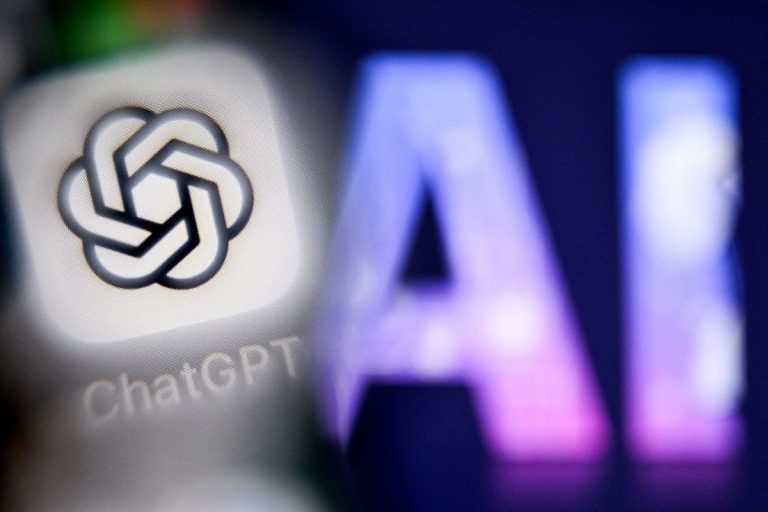Comet 3I/ATLAS: Facts Behind the Controversy
The arrival of comet 3I/ATLAS has generated significant interest and debate among astronomers and the public alike. Discovered on July 1, 2025, this interstellar comet is notable for its unique trajectory and the various claims surrounding its behavior. As it approaches perihelion on October 29, 2025, many are eager to understand the facts behind the hype and the scientific explanations for the observed phenomena.
What is 3I/ATLAS?
3I/ATLAS, also known as C/2025 N1 ATLAS, is the third confirmed interstellar comet to enter our solar system. Unlike typical comets that orbit the Sun, 3I/ATLAS follows a hyperbolic path, entering at a high speed of approximately 68 kilometers per second and exiting without being captured by the Sun’s gravity. Measuring about 14 to 20 kilometers in diameter, it features a reddish coma composed of dust and organic compounds, including tholins.
The controversy surrounding 3I/ATLAS largely stems from claims of “anomalous” behavior, such as unexpected trajectory shifts and unusual brightness. These assertions have been amplified by social media and prominent figures like Avi Loeb, who speculate that the comet could be artificial in nature. However, mainstream astronomers attribute these phenomena to natural processes, including cometary outgassing and non-gravitational forces resulting from ice sublimation.
Observational Misconceptions
Was 3I/ATLAS Hidden Behind the Sun?
A common narrative suggests that 3I/ATLAS would be completely obscured by the Sun during its perihelion on October 29, 2025. This claim is misleading. While the comet reached solar conjunction on October 21, appearing directly behind the Sun from Earth’s perspective, it was not entirely hidden. After this date, it became observable again, particularly from equatorial locations, as it emerged from behind the Sun.
By October 25, 2025, astronomers were able to detect the comet in the constellation Virgo, near the bright star Spica. Observations indicated that it was visible with moderate telescopes, contradicting claims of a total occultation.
What Did Observations on October 25 Reveal?
On October 25, independent observers reported imaging 3I/ATLAS, confirming its position and brightness. The comet was located approximately 2.34 astronomical units from the Sun, with a magnitude of around 15.00. This visibility aligns with data from the Jet Propulsion Laboratory (JPL), indicating that 3I/ATLAS was not behind the Sun but rather observable alongside it.
These observations do not indicate any “anomalous” behavior; rather, they conform to expectations for a comet post-conjunction. While the brightness was slightly dimmer than predicted, this variability is typical for comets due to uneven outgassing.
Anomalies and Their Explanations
Documented Trajectory and Brightness Changes
Between October 21 and 25, 2025, several observations noted shifts in the trajectory and brightness of 3I/ATLAS. For instance, on October 21, the comet was observed 15.4 arcminutes ahead of JPL predictions, with subsequent observations showing further deviations. These shifts suggest non-gravitational acceleration, likely caused by asymmetric gas jets, a common phenomenon in comets.
Despite claims of unnatural acceleration, the observed changes can be explained by natural processes. The comet’s brightness fluctuations are consistent with typical comet behavior, and no evidence supports the notion of artificial manipulation.
Claims of Unnatural Acceleration
Some proponents of the artificiality hypothesis argue that the increasing angular velocity and brightness of 3I/ATLAS indicate controlled maneuvers. However, such changes are expected as the comet approaches the Sun, where gravitational forces accelerate its speed. The comet’s hyperbolic trajectory means it will not be captured by the Sun, and its speed will peak at perihelion.
Institutional Responses and Their Context
The narrative surrounding 3I/ATLAS has been further complicated by institutional responses. For instance, a U.S. government shutdown on October 1, 2025, led to temporary furloughs at NASA, which some interpreted as a lack of communication regarding the comet. However, data sharing continued through JPL, and the shutdown did not impede scientific observations.
Additionally, the revision of SETI protocols and the inclusion of 3I/ATLAS on the International Asteroid Warning Network (IAWN) threat list were standard procedures for monitoring unpredictable celestial objects. These actions were not indicative of a cover-up but rather part of routine planetary defense measures.
What to Expect at Perihelion
As 3I/ATLAS approaches perihelion on October 29, 2025, astronomers anticipate several observable characteristics. The comet is expected to exhibit predictable behavior, including a symmetric coma and tail resulting from solar heating. Brightness is projected to reach around magnitude 11.5 due to outgassing.
Post-perihelion, 3I/ATLAS will continue its journey through the solar system, passing Venus on November 3 and Earth on December 19, 2025. Observers can expect it to remain bright and trackable as it moves away from the Sun.
FAQs
What is the significance of 3I/ATLAS being an interstellar comet?
3I/ATLAS is significant because it is one of the few interstellar comets observed in our solar system, providing valuable insights into the composition and behavior of celestial bodies from outside our solar system.
How can amateur astronomers observe 3I/ATLAS?
Amateur astronomers can observe 3I/ATLAS in the Virgo constellation, near the star Spica. It is best viewed with a telescope of at least 6 inches in aperture during early morning or late evening when it is low in the sky.
What should we look for during the perihelion event?
During perihelion, observers should look for a bright coma and tail, as well as any changes in brightness or position. Comparing observations with JPL predictions can help confirm the comet’s behavior.
Conclusion
The arrival of 3I/ATLAS presents a unique opportunity for scientific observation and public engagement. While speculation about its nature continues, the evidence overwhelmingly supports its classification as a natural comet. As it approaches perihelion, astronomers and enthusiasts alike are encouraged to observe and document its journey, contributing to our understanding of these fascinating celestial visitors.
Also Read:
UAE First-Term Exams Begin November 20, 2025







